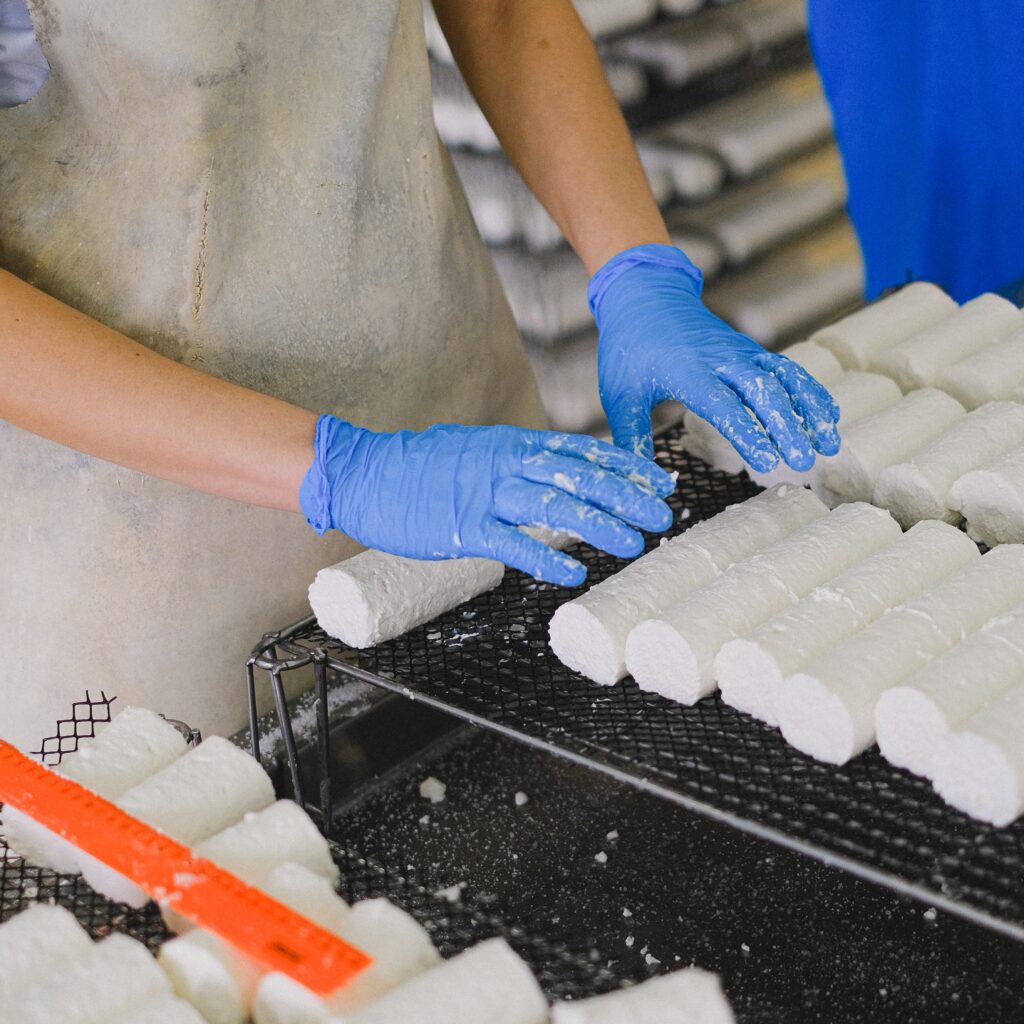Food contamination is a serious issue that can cause illness, foodborne diseases, and even death. The World Health Organization estimates that 1 in 10 people worldwide suffer from foodborne illnesses each year. One of the most common causes of food contamination is cross-contamination, which occurs when bacteria or other harmful substances are transferred from one surface or food to another. Nitrile gloves are an essential tool for preventing cross-contamination in the food industry, and this guide will explain why.
What are nitrile gloves?
Nitrile gloves are made from a synthetic material called nitrile rubber. They are used in a variety of industries, including the food industry, to protect workers’ hands from potential hazards such as chemicals, pathogens, and sharp objects. Nitrile gloves are also commonly used in medical settings as an alternative to latex gloves because they are less likely to cause an allergic reaction.
Why are nitrile gloves important for food safety?
Nitrile gloves are an essential tool for preventing cross-contamination in the food industry. Cross-contamination occurs when harmful substances are transferred from one surface or food to another, which can result in foodborne illnesses. For example, if a worker handling raw chicken does not change their gloves before handling cooked vegetables, they could transfer harmful bacteria from the chicken to the vegetables, potentially causing illness for anyone who eats them.
Nitrile gloves are an effective barrier against cross-contamination because they are designed to be single-use and disposable. This means that once a worker has finished handling one type of food, they can simply remove their gloves and put on a new pair before handling another type of food. This helps to prevent the transfer of harmful substances from one food to another.
Nitrile gloves are also designed to be highly resistant to punctures and tears, which helps to prevent them from breaking during use. If a glove were to tear during use, it could expose the worker’s hands to harmful substances, which could then be transferred to the food they are handling.
How to use nitrile gloves for food safety?
To use nitrile gloves effectively for food safety, workers should follow these guidelines:
- Wash hands thoroughly before putting on gloves.
- Use gloves that are the correct size for your hands. Gloves that are too small or too large can be uncomfortable to wear and may not provide adequate protection.
- Only use gloves that are labeled as food-safe. Some nitrile gloves may contain chemicals that could be harmful if they come into contact with food.
- Change gloves frequently. Workers should change gloves whenever they switch tasks or handle a different type of food.
- Avoid touching your face, hair, or clothing while wearing gloves. This can transfer harmful substances from your hands to other surfaces.
- Remove gloves carefully. Workers should remove gloves by grasping the cuff of one glove and pulling it off, then using the bare hand to grasp the cuff of the other glove and pulling it off. Gloves should be disposed of immediately after use.
Conclusion
Nitrile gloves are an essential tool for preventing cross-contamination in the food industry. They provide an effective barrier against harmful substances and are resistant to punctures and tears. To use nitrile gloves effectively for food safety, workers should follow the guidelines outlined above. By using nitrile gloves correctly, workers can help to prevent foodborne illnesses and keep consumers safe.

